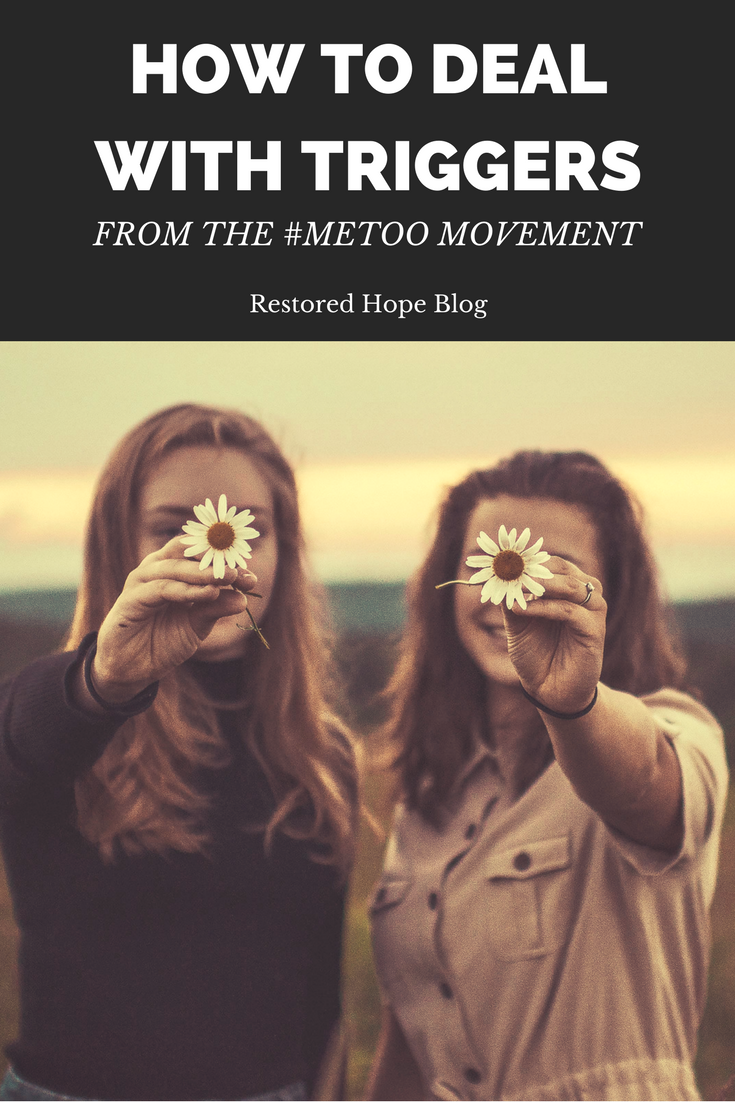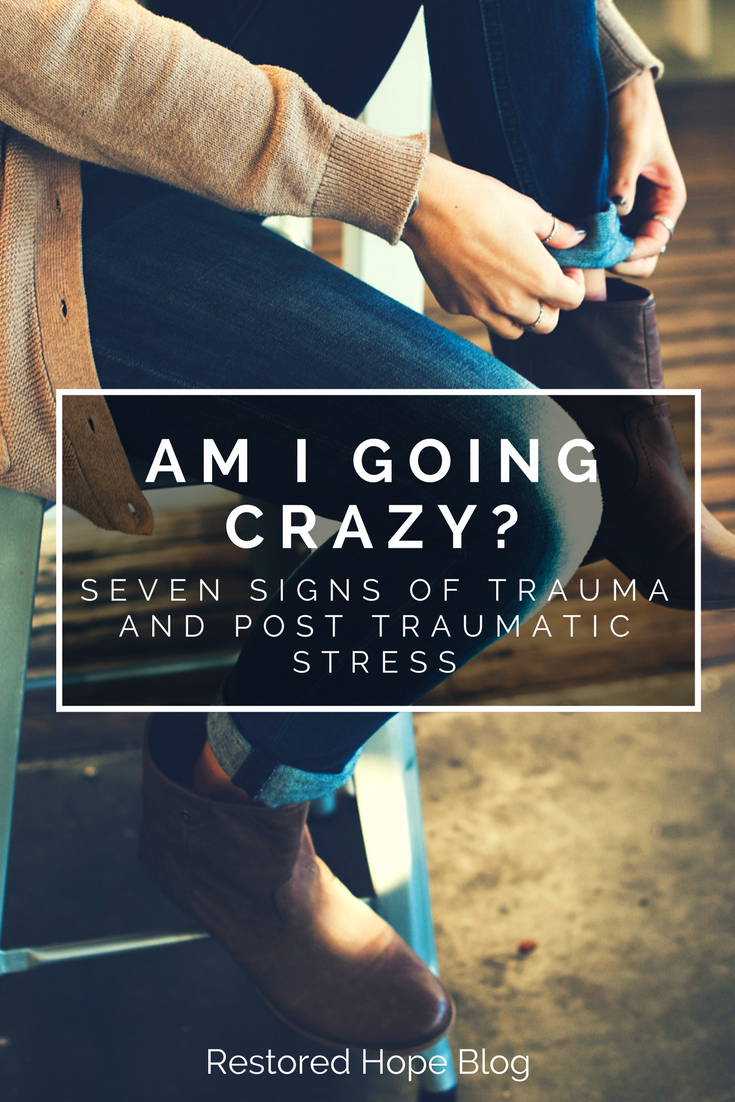Do you and your spouse have a hard time communicating about sexual intimacy? Do you feel like your sex life is kind of blah? Are you dealing with the aftereffects of trauma or betrayal and want to ease into sexual intimacy with your partner in a way that feels safe?
Doug Rosenau and Deborah Neel are Christian sex therapists that specialize in helping couples have more satisfying sex lives. In their slim volume Total Intimacy: A Guide to Loving By Color, they offer a practical approach to talking with your spouse about sex and improving the quality of your intimacy.
“We long to be in an intimate relationship with someone, especially a mate, who will pursue us, fully know, love, and accept us.”
What is Total Intimacy?
“Total intimacy,” as the authors define it, approaches sexual intimacy on three distinct levels. Each of these levels involves three-dimensional connecting, involving the mind, body, and heart or emotions. The authors liken the balance between these three levels to a healthy diet with all necessary food groups. Emotional and sexual intimacy are intertwined and work together.
The three distinct levels are represented by colors: green, purple, and orange. Each color exists on a continuum of depth ranging from lighter to darker shades, representing the depth of interaction at each level. Knowing and understanding the meaning of these colors can help you use them as a playful way to communicate your desires.
Understanding the Colors
Green
Green representing bonding in the relationship, where you and your spouse are “intimate companions.” Connecting with one another and sharing emotions builds intimacy, as in other friendships. Experiencing Green intimacy, or marital friendship is required to establish safety before you can move onto the more intense colors of Purple and Orange.
To grow your Green, revisit activities you enjoyed when you were dating. Get to know your spouse again using Gottman’s Love Maps exercises. Make time for date nights or other intentional time together. Lean into vulnerability in communicating honestly about your feelings, which can often be difficult.
When dealing with broken trust or betrayal, as in the case of sex and love addiction, Green behaviors are essential to re-establishing trust and safety. The addict must show actions that line up with words in order to grow trust, and the later colors of Purple or Orange may not feel safe for the partner until that trust is rebuilt.
Purple
Purple represents the coupling level, or becoming “sensuous lovers.” Purple actions go beyond friendship into romance, using flirtation and affection to communicate closeness. This color is often most neglected in marriage, as romantic cuddling or kissing becomes just a step toward sex. But skipping over physical touch and affection for the sake of enjoying one another leads to missing out on the intimacy that comes in the Purple stage.
Purple activities are sensory in nature, requiring you to use all five senses to create a romantic experience. It is necessary to practice mindfulness in this stage, remaining in the present moment and enjoying that experience. This level of affection may trigger arousal, but the goal of Purple behaviors isn’t orgasm, simply to enjoy the romantic connection.
“Purple intimacy is eroticism with boundaries – sensuality that may be arousing, yet not having to lead anywhere.”
Orange
Finally, the orange level is associated with igniting as “erotic playmates.” This can include a range of sexual experiences that does not always require orgasm, but focuses instead on mutual pleasure rather than self-seeking or self-focused pleasure. In order to make orange intimacy safe, refusals have to be practiced and accepted, as you must be able to say no in order to say yes authentically.
In the book, Rosenau and Neel talk about becoming more comfortable around sexual intimacy, especially for Christians who have received messages of shame about erotic sexuality and sexual desires. Sexual intimacy was created by God as a reflection of His love. Communicating about this orange level of intimacy and naming wants and desires can break through this stigma.
As a couple, increase your knowledge about the differences between male and female sexuality, instead of just basing your awareness on stereotypes or expectations. Know that it is normal to have a range of different satisfaction levels with intimacy, and seek to understand what makes it an enjoyable experience for each of you through learning about you partner’s turn-ons and turn-offs.
Helpful Tips
Sprinkled throughout the text, Rosenau and Neel put in sidebars that give extra tips if there are wounds for either spouse. This acknowledges the reality that when there has been sexual abuse, sexual assault, or lack of trust due to an affair or betrayal, that has effects. The theme in these sidebars is to allow for intimacy to grow more slowly, create for more communication around intimacy, and talk about safe touch.
I also love how the authors encourage women to find their sexual voices. The book reminds women to take up space, communicate, and ask for what they want. The emphasis on learning to refuse sex within marriage is important as well, because being unable to say “no” can set up an unhealthy dynamic where she can feel silenced.
The book also normalizes that a healthy sex life takes time and practice, instead of happening naturally. Often newlyweds expect that sex will be natural and easy. However, that is often not the case. The book also breaks through the faulty assumption that sex doesn’t need to be discussed, when the opposite is true in order to have a mutually satisfying sex life. I appreciate the practical exercises and discussion questions in the book that will help you and your spouse communicate together about your sex life.
A Few Criticisms
As much as I love the concepts of this book and their practical applications, there are a few criticisms related to style and some commentary that need to be acknowledged. There is quite a bit of cheesy language and gender stereotyping that may be difficult to look past.
As the focus is for a Christian audience, the principles are supported by Scripture and references to God are made often through the text. However, I believe the concepts still stand even for couples who aren’t Christians.
Finally, some of the language around forgiveness in the book may be difficult for partners of sex and love addicts to read, because offering forgiveness isn’t so simple in their experiences.
All in all, however, I believe that learning to love by color can greatly enhance your comfort in talking about sexual intimacy and creating conversation about likes and dislikes, and I’d encourage you to start conversations about these principles in your marriage.










